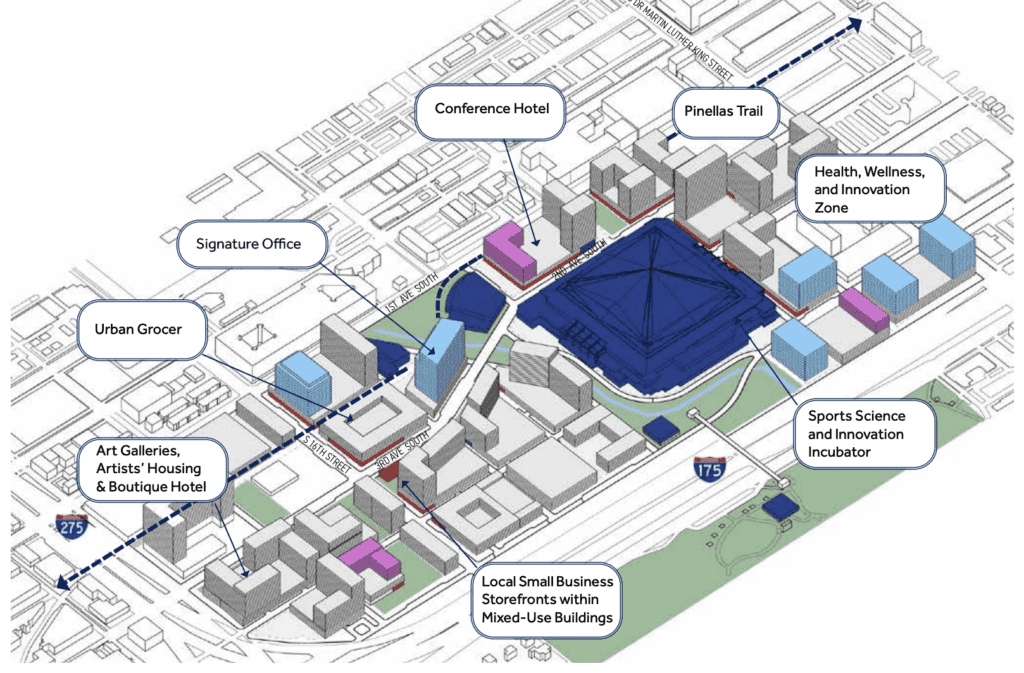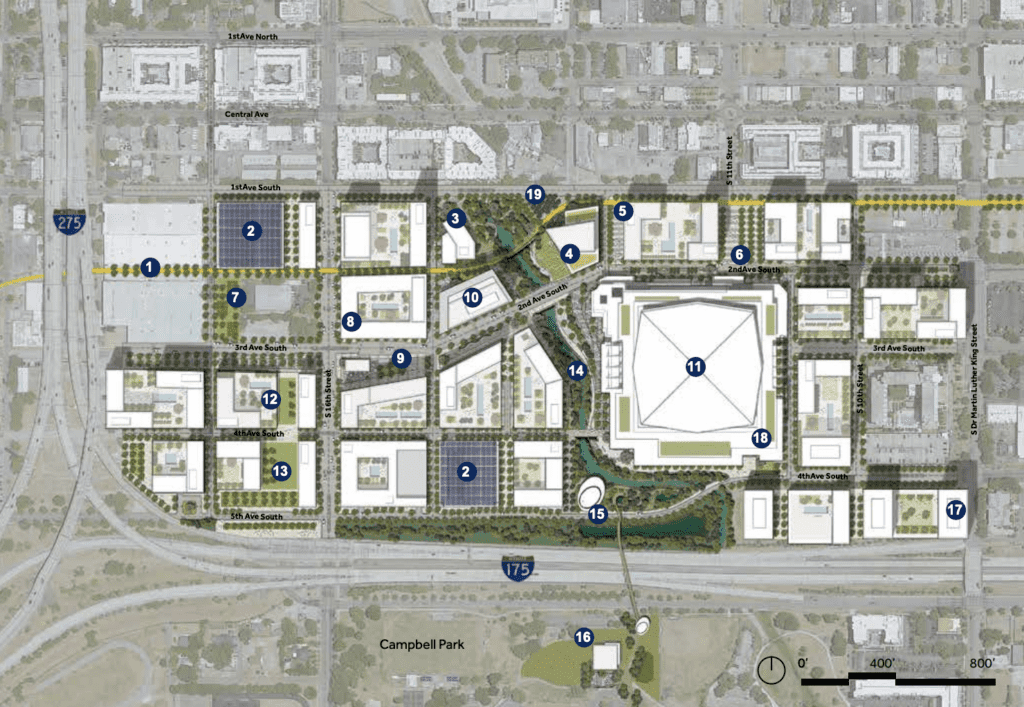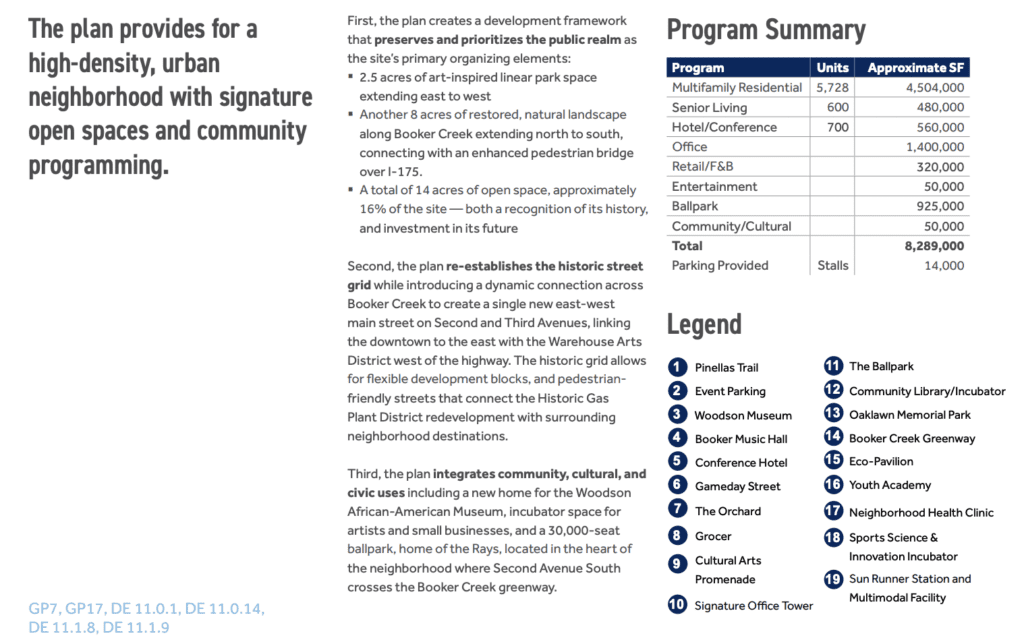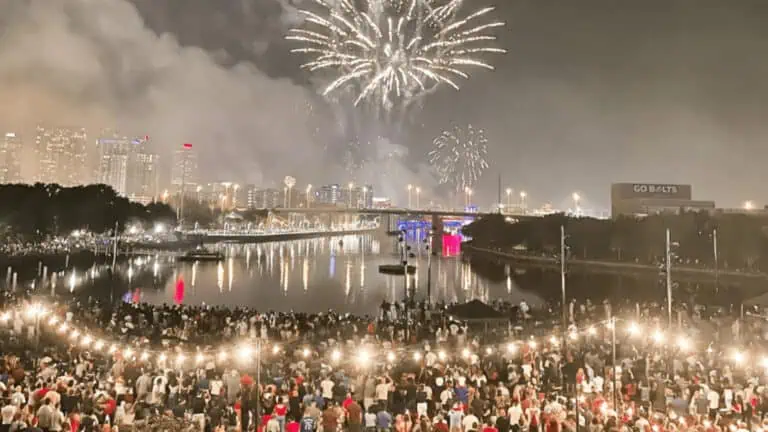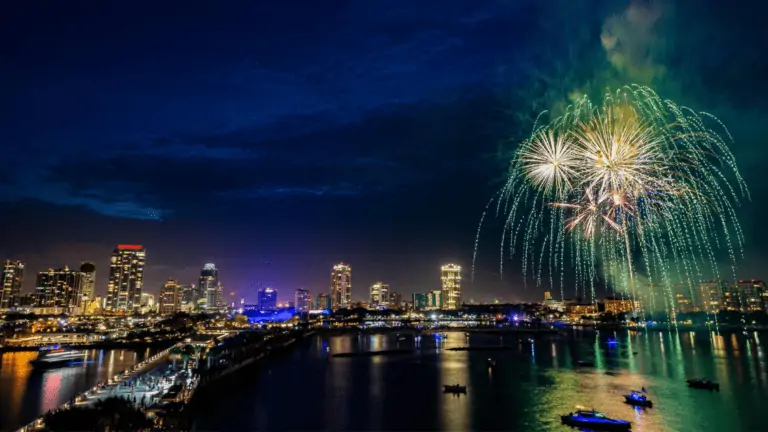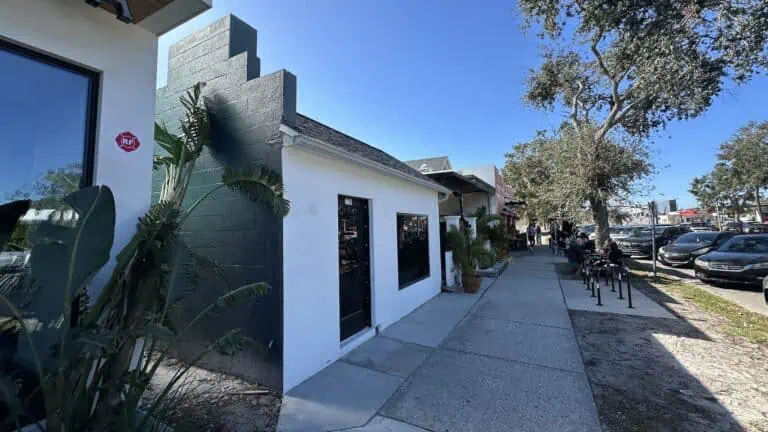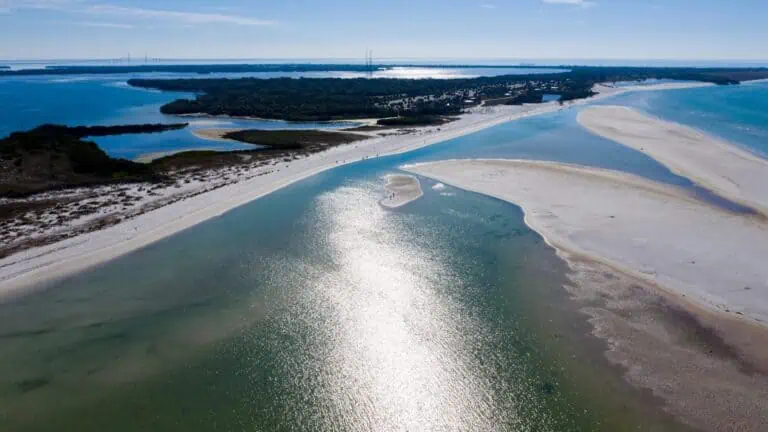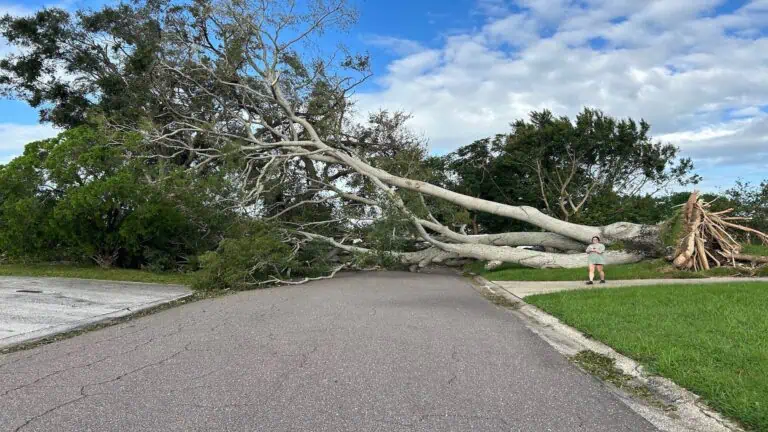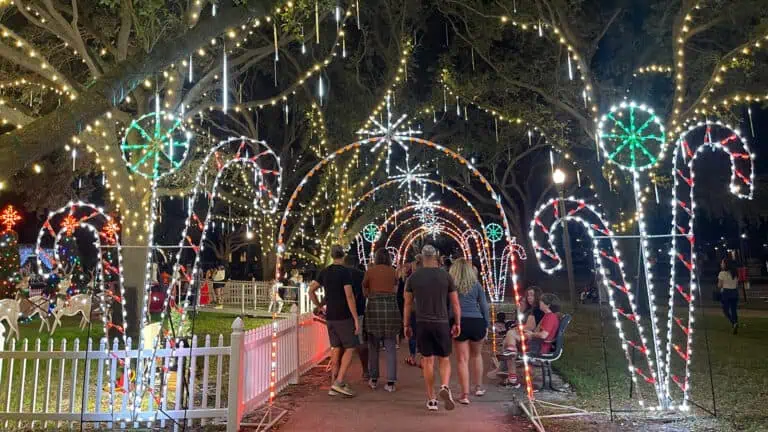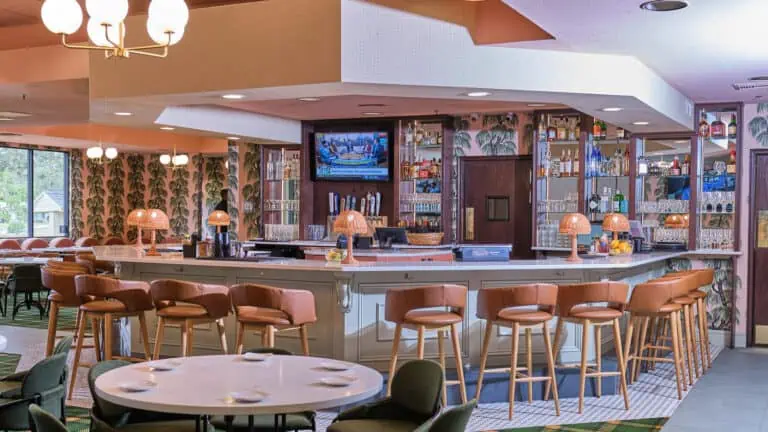A decision years in the making has finally been settled upon, as St. Petersburg Mayor Ken Welch announced that he has selected the Hines and Tampa Bay Rays team to lead the redevelopment of the Historic Gas Plant District and Tropicana Field site. The 86 acres in the middle of downtown represent the biggest development opportunity the city has seen in decades (and perhaps ever), which is why so much time was spent carefully coming to the decision.
The Rays and Hines team brought perhaps the most concentrated amount of experience to the table when it comes to developments of this size, and of course the big part of it is that the Rays themselves are involved. While this selection doesn’t *technically* guarantee that the baseball team will stay in St. Pete, this decision makes it as close to a certainty as it can be without yet putting pen to paper.
ADVERTISEMENT
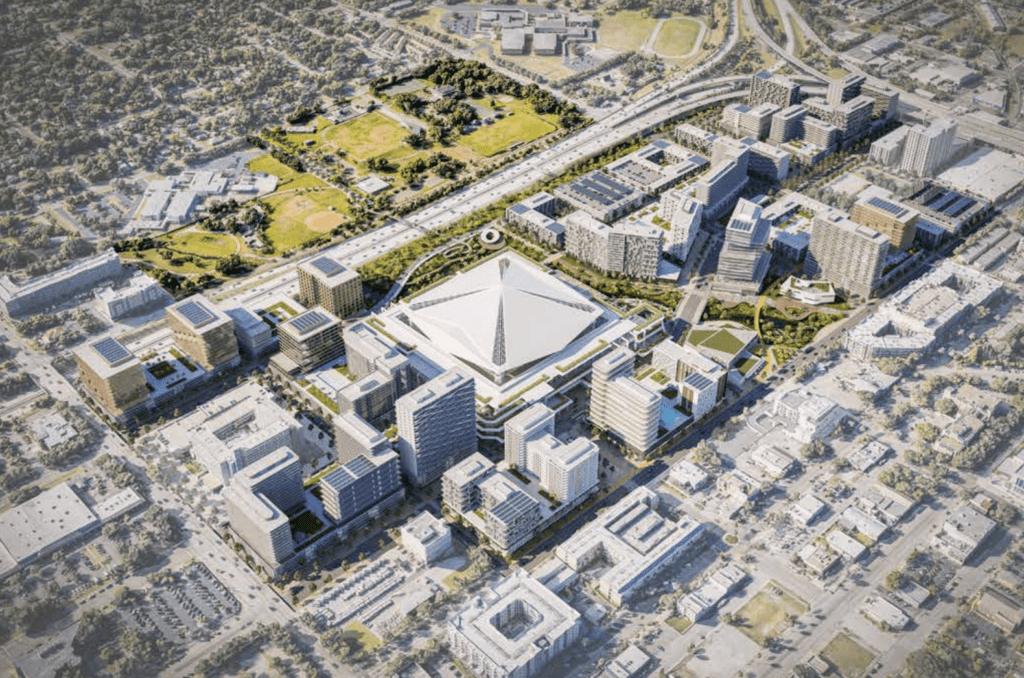
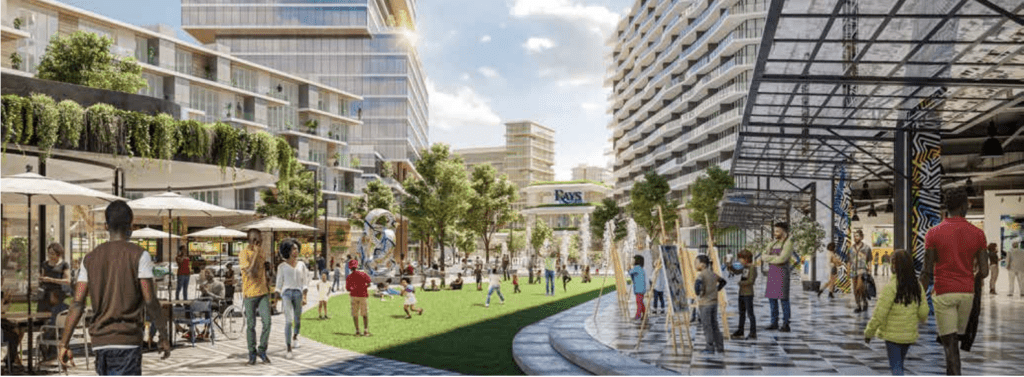
As for the development itself, the $4.6 billion plan put forth by Hines and the Rays is highly detailed. The joint proposal calls for a state-of-the-art new indoor/outdoor stadium for the Rays, as well as 20 new city blocks, 5,700 multifamily units, 1.4 million square feet of office, 300,000 square feet of retail, 700 hotel rooms (split between multiple hotels), 600 senior living residences, a 2,500 person entertainment venue, and various civic uses. Of note, the team has enlisted Populous as the stadium architect, one of the most respected and successful stadium design teams in the country.
A previous announcement detailing the Hines-Rays proposal said their plan also includes $50 million going to intentional equity initiatives in St. Pete “that will support and uplift historically disadvantaged populations.” Their announcement said that around 850 of its units would be set aside for affordable and workforce housing, while the organizations would commit to improving or building another 600 affordable/workforce housing units elsewhere in St. Pete.
Plans also include a new building for the Woodson African American Museum, yet another part of the team’s commitment to follow Welch’s desire that the redevelopment honor the history of the Gas Plant District and the many Black residents who were displaced, while attempting to make good on the broken promises of the past. Hines and the Rays are committed to putting $10 million into the design and construction of the new museum.
While locals know plenty about the Rays already, those of us here in St. Pete will get to know their partner very well over the next 15-20 years. Hines is a privately owned global real estate investment, development and management firm with a presence in 314 cities in 28 countries, and $92.3 billion of investment assets under their management. The company is certainly experienced in development, and their partnership with the Rays gives the ballclub an opportunity to do what many other pro teams have done: take ownership – and reap the financial benefits – of the community surrounding its stadium.
More notes from Rays and Hines on what to expect for the next two decades showcase a methodical development in three phases, beginning in 2024 and projected to be completed by 2039-2043. The full proposal can be seen here. The following is from their proposal summary.
Economic Impact – During Construction: It is estimated to generate a total economic output of $2.9 billion in Pinellas County, labor wages of $1.5 billion and over 23,000 full-time equivalent job years.
Economic Impact – Construction Completion: Once fully built out, the project is estimated to generate an annual economic impact of nearly $1.4 billion ($700 million in present-day dollars) in Pinellas County. Estimated labor earnings are $656 million ($338 million present-day) and over 5,500 fulltime equivalent jobs.
Commitment to small, local and minority business enterprises: $500 million spend based upon an initial target threshold of 20% with an overall goal of 30% for the term of the project.
Community Benefit Program: Hines and the Rays have committed $50 million to intentional equity initiatives in partnership with the South St. Petersburg community.
Housing: $15 million is dedicated to housing opportunities at a wide range of affordability levels and to providing support of ownership and residential opportunities, all focused on current South St. Petersburg residents, on and off site.
Small Business: $13 million is dedicated to support business incubation, ownership, and placement opportunities on the site, with a focus on minority/women-owned businesses, descendants of the residents of the Historic Gas Plant District and current South St. Petersburg residents and businesses.
Employment: $3.75 million is committed to diverse hiring and supplier contracts for construction projects, funding to support job training, and entrepreneurship programs. It will also support internships, and mentorship/apprentice programs leading to job placement during the construction phase, and small business ownership and employment opportunities during the ongoing operation of the site.
Education: $17.5 million is dedicated to financial investments in support of currently-operating educational programs in South St. Petersburg, from daycare and early learning through postsecondary and vocational programs. As part of the project’s commitment to education and youth development, the proposed music & performance venue will be realized in partnership with St. Petersburg’s Arts Conservatory for Teens. The investment also integrates community, cultural, and civic uses including 10 million dollars toward the design and construction of the new Woodson African-American Museum.
Outreach: $750,000 will fund outreach that brings the community together through a thoughtful, inclusive process including online tools, public town halls, community and youth steering committees, and a welcome center on the site to serve as a resource for local residents and businesses to connect to opportunities on the site.
ADVERTISEMENT






